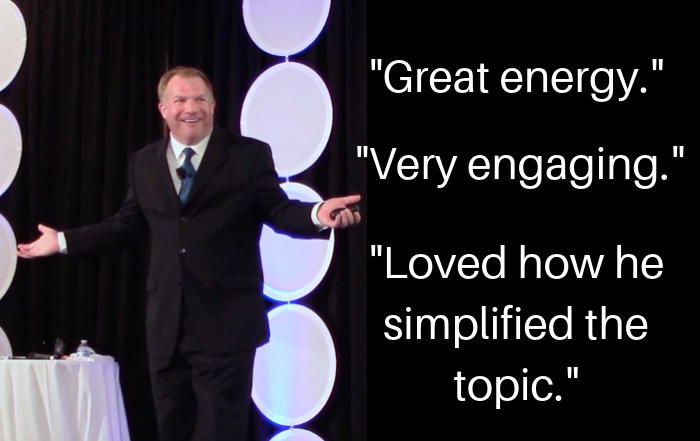 A daily team meeting is an important business function but sometimes they represent a place where productivity goes to die. As I learned from my time in the world of TV news, these meetings matter because they allow people to focus on top priorities.
A daily team meeting is an important business function but sometimes they represent a place where productivity goes to die. As I learned from my time in the world of TV news, these meetings matter because they allow people to focus on top priorities.
While your business may not feature the ongoing, pressure-packed deadlines of news, a daily team meeting can strengthen your organization. These meetings can work for leaders, as well as department teams. Here are some tips to help you make the most of your team meeting:
Share the Big Picture in Your Daily Team Meeting
In TV news, the morning meeting is the only time when everyone is together. Producers, news directors, assignment editors, reporters, and photographers go over what stories will be covered for the noon, five, and six p.m. newscasts (FYI: Later newscasts have afternoon story meetings.).
As reporter, once the meeting ends, you just focus on your assigned stories. But during the session, you can contribute ideas or sources that might help other members of the team.
You’d also get a snapshot of the entire newscast and understand how you fit in.
The same can apply to your business. Do colleagues walk past each other and not really know what each other does on the job? Are you missing out on people sharing information and tips that could strengthen your entire organization?
Have people share what they’re working on, their big priorities, and if they need help. Asking for guidance may represent a culture shift but I’ve found that people who never ask for help, don’t get much better.
You can’t create institutional knowledge and teamwork if you don’t share the big picture.
Watch the Clock
In a newsroom, you’re always racing the clock. Our morning meetings were pretty short because the more time we discussed the news of the day, the less time we’d have to go out and pull together those stories for a fast approaching newscast. Our best length was no more than 20 minutes.
Have your daily team meeting start on time and rapidly go through your agenda. This may simply consist of going around the room and have people briefly update their major projects. This isn’t a time for small talk.
It’s okay to cut the session short, if no one has anything new to share. You’re being paid to accomplish things and not chat.
Stay in the Present
Your daily team meeting should mostly be about that day. There should be very little discussion about other things, outside of the big picture. Beware of tangents, as they will dilute the effectiveness of your meetings.
If there’s a need to discuss larger issues, then schedule them for a different time.
Also, when people get off topic, is it a sign of a larger problem or not wanting to face a challenge? In news, if people were talking too much, during the story meeting, about what happened on a popular TV show, then that was a sign they were struggling to come up with story ideas.
Adjust as Needed
These are your meetings and you can adjust them if you think they’re not giving you the results you want. For instance, some conduct the sessions while standing, as a way to ensure they don’t take too long.
Others may prefer to hold the session through video conferencing.
And some may discover they don’t need to meet every day. A Monday, Wednesday, Friday schedule might work better.
Start out, see what works, and make changes if needed.






